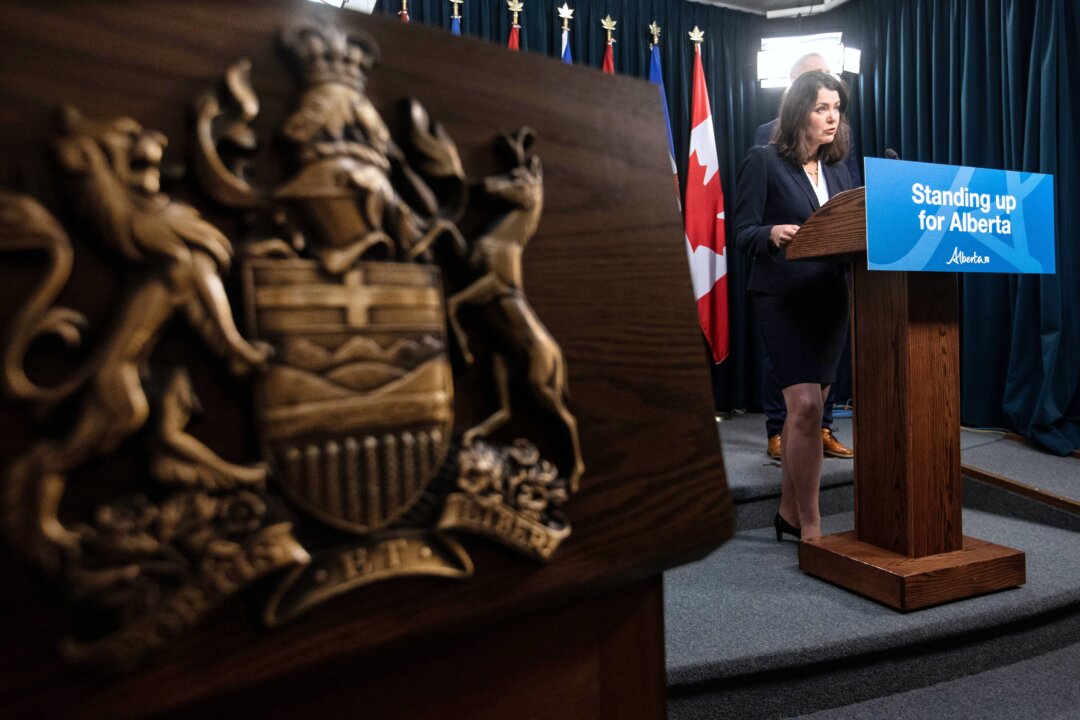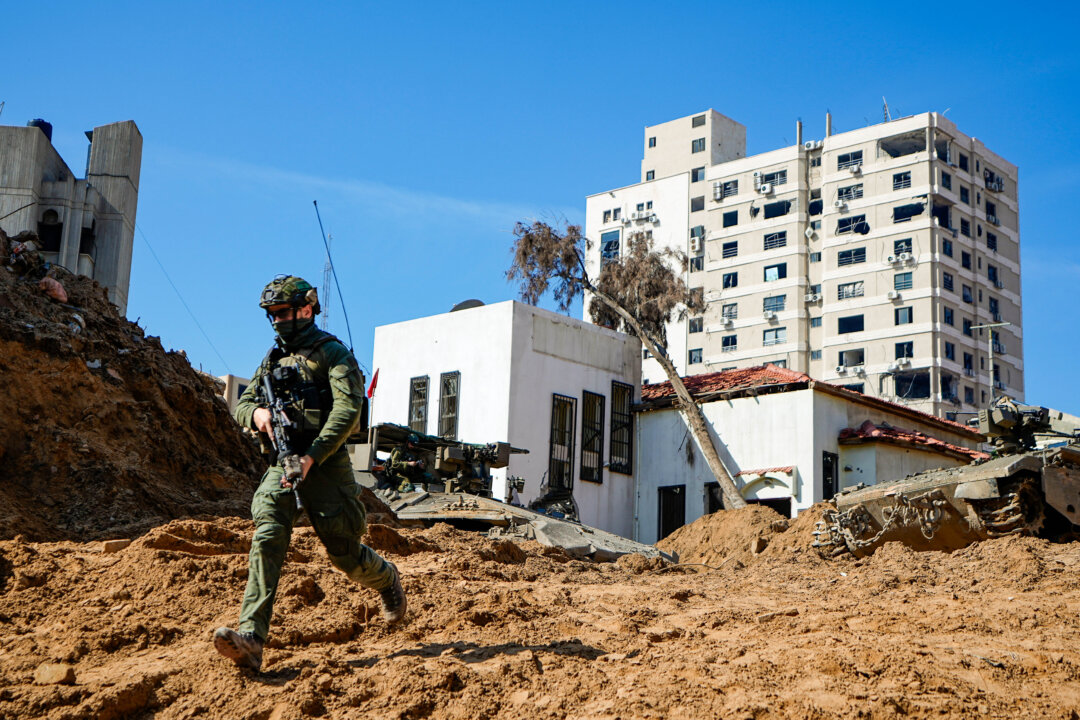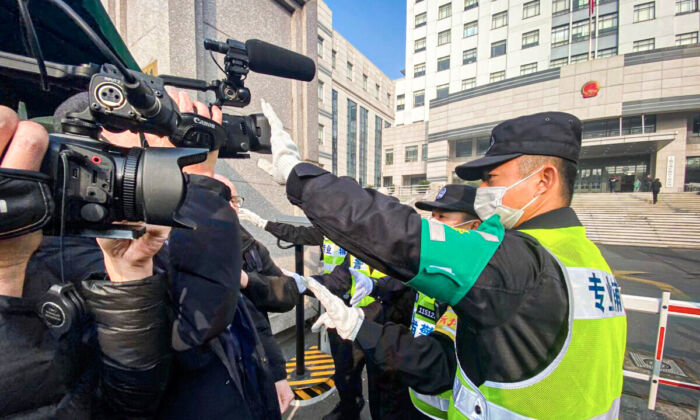Federal authorities were sued for damage to a sacred Indigenous site in the Northern Territory.
A federal government official has been found liable under Northern Territory (NT) law for damage to a sacred Indigenous site, in a decision that could set a precedent for how sacred sites are protected.
The case centred around damage allegedly caused by Parks Australia while building a walkway close to a sacred men’s site near Gunlom Falls in Kakadu National Park in 2019.
The cascading waterfall appeared in the movie “Crocodile Dundee.”
Parks Australia apologised and agreed to redirect the track away from the sacred site, but the Aboriginal Areas Protection Authority wanted to establish criminal accountability.
In 2020, it filed charges against the National Parks director, and the NT Supreme Court found the work was not properly authorised under the Sacred Sites Act.
However, Parks Australia successfully argued it was a Commonwealth entity and, therefore, protected, and the court ruled it couldn’t be held legally responsible for the damage under Territory law. The Authority then appealed.
Australian governments cannot make laws that bind one another, Solicitor-General Stephen Donaghue wrote in his submission to the court.
“Still less would one expect to find one government imposing criminal liability on another,” he wrote.
The Protection Authority countered that no entity was above the law, including governments.
Officials, Not Departments, Are Liable Under the Law
But the High Court has disagreed, finding that while criminal liability could not extend to government entities, officers could be found liable.
Crucial to its decision, the Court said, was that the Director of National Parks was a body corporate under the Environment Protection and Biodiversity Conservation Act, which established the office.
Therefore, it could be held liable since the Sacred Sites Act imposes a prohibition on a “person,” and the Interpretation Act defines “person” to include a body corporate.
The Court then moves to address what it calls a “longstanding general presumption of the common law” that a statute does not “bind the Crown”—in other words, that governments are completely above the laws they pass.
 This picture taken on Aug. 27, 2023 shows Indigenous artwork adorning rocks at Ubirr in the world heritage site of Kakadu National Park, located 280 kilometres east of the Northern Territory capital city of Darwin. (David Gray/AFP via Getty Images)
This picture taken on Aug. 27, 2023 shows Indigenous artwork adorning rocks at Ubirr in the world heritage site of Kakadu National Park, located 280 kilometres east of the Northern Territory capital city of Darwin. (David Gray/AFP via Getty Images)The decision says this has “only ‘weak operation,’” and points to the Sacred Sites Act as being “an express and comprehensive rebuttal of that general common law presumption.”
The Court decided that while the law still excluded “the imposition of criminal liability on the Commonwealth [government]” it did not “exclude the imposition of criminal liability on the DNP or on any officer of the Commonwealth.”
Having been found guilty, the director of National Parks could now be liable for a fine of up to $626,000 under the Scared Sites Act.
How Are ‘Sacred Sites’ Determined?
The Aboriginal Areas Protection Authority has existed for more than 40 years. It is an independent statutory body established under the Act to oversee the protection of sacred sites across the NT.
Speaking to The Epoch Times, a spokesperson for the Aboriginal Areas Protection Authority explained that sacred sites are places within the landscape that have a deep significance under Aboriginal tradition.
“Sacred sites often derive their status from their association with ancestral beings, whose travels across the land and sea created our physical and social world,” she said. “The stories, songs and dances of the sites have been passed down through many, many generations and can link different groups of Aboriginal people across the NT and Australia.
“Sacred sites are the responsibility of Aboriginal custodians whose rights and roles are codified through kinship and relationships to land. They are responsible for managing the site, keeping it safe and making sure it is used according to tradition.”
The Authority protects sacred sites by maintaining records of identified sacred sites in the Northern Territory, issuing Authority Certificates, which set out the conditions by which work can proceed in and around sacred sites, and investigating and prosecuting damage done to those sites.
When a development is proposed, the Authority protects sacred sites by consulting with Aboriginal custodians to ensure they are fully informed about the project, and setting out clear conditions for land users regarding proposed work in the vicinity of any sites via Authority Certificates.
“The existence of a sacred site does not necessarily mean that entry or works on or near the site will be prohibited,” the spokesperson emphasised. “Many of the Territory’s natural tourist attractions are also sacred sites and custodians welcome visitors.”














 English (US) ·
English (US) ·  Turkish (TR) ·
Turkish (TR) ·